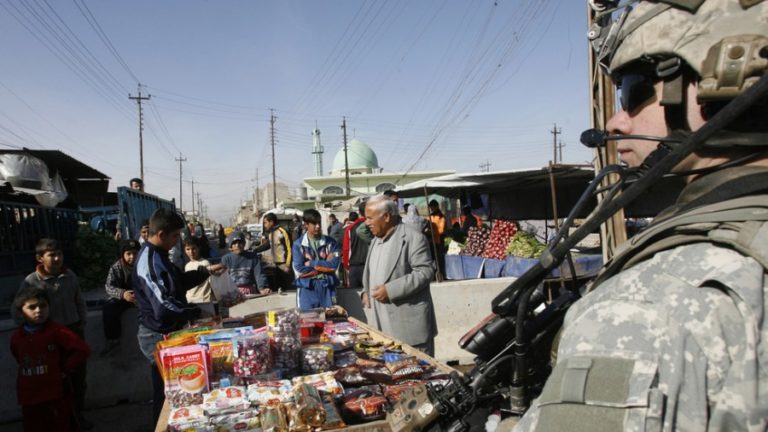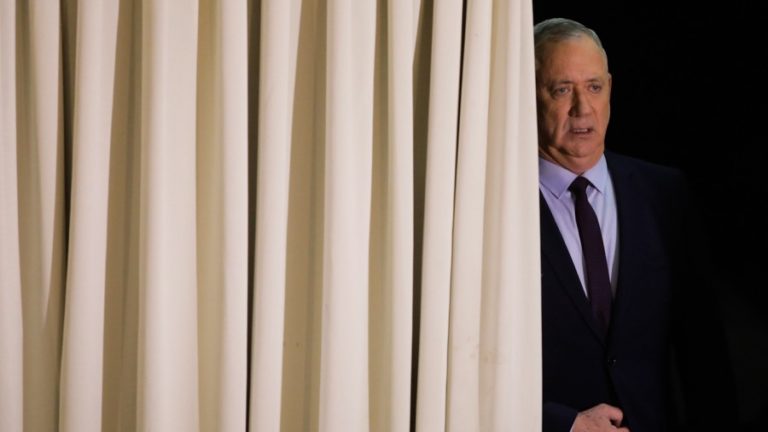US Afghan Military Arsenals are Up for Sale
While the exact number of US weapons, vehicles, aircraft and military equipment seized by the Taliban (banned in the Russian Federation) after the US and its allies had fled Afghanistan is unknown, the preliminary value of this lethal commodity is estimated by various experts at around $85 billion. In Kunduz, Afghanistan, regular Taliban military displays and military parades show, for example, US-made M1117 armored personnel carriers and other weapons that the Taliban have inherited from the US and have not yet been sold to Pakistan or other countries. Of course, the US military and intelligence agencies will work to assess what ended up in Taliban hands, as US decision-makers have already indicated their desire for more information on the weapons seized, but this will take time. In late 2021, experts at the Center for International Policy in Washington published a study, “US Weapons Stockpiles in Afghanistan”, which noted that over two decades of war, the US had moved weapons, equipment and other materiel worth many tens of billions of dollars into the country. With Afghanistan’s bank accounts blocked and the dire humanitarian and economic situation in the country, the funds that could be raised by the Taliban from the sale of these arsenals are significant.
According to information from Afghanistan and neighboring countries, as well as from the Calibre Obscura blog, which specializes in black market arms analysis, the Taliban are willing to exchange some NATO military equipment for other weapons needed to fight in the difficult geographical conditions of their country. The Taliban plan to use the proceeds from the sale of “surplus” arms to buy food as the country is likely to face starvation after a long crisis.
The sale of US army and allied assets left behind by the hasty withdrawal of the NATO contingent has already begun in the markets of Afghanistan. In particular, body armor, military uniforms, boots, tents, dishes and much more have long been on sale. Most of the trophies are taken from warehouses that NATO has handed over to the Afghan army. It is noted that the Taliban are not asking more than $100 for a body armor, and about $50 or less for a helmet. New S&W Sigma SV9VE pistols are being sold for a third of the market price in Kandahar. In Herat, one can easily buy carbines and assault rifles at the market. Some of the weapons are sold by the Taliban themselves, some by locals who have looted US army bases and barracks.
Grey Dynamics website reports that the Taliban have begun selling off their weapons stockpiles to various groups in neighboring countries. According to their information, the weapons have ended up in the hands of the Balochistan Liberation Front (based in Iran), the Tehrik-e-Taliban-Pakistan and other extremist groups banned in the Russian Federation. Experts suggest that the weapons could resurface in neighboring states, particularly in the Central Asian republics.
It is estimated that Afghanistan could soon become the world’s largest arms seller, causing a spike in crime in the region. Previously, Iraq and, in part, Syria served as this type of arms market. Before them, it was Albania. But Afghanistan can give everyone a head start. After all, just by the most conservative estimate, the US has left about a hundred thousand pieces of small arms alone there. As can be seen from the data published in open sources, there are among the Afghan trophies the blast-resistant US-made wheeled armored vehicles to transport troops; more than two dozen light turboprop attack aircraft A29 Super Tucano (manufactured by Embraer, Brazil); more than 30 Mi-17 transport helicopters, which previously the US purchased from the Russian Federation for the Afghan government forces, as well as no less number of UH-60 Blackhawk transport helicopters and many other state-of-the-art military equipment.
According to separate media reports, the Taliban may decide to sell some of the wheeled armored vehicles to interested countries – the PRC, Turkey and all other states intending to explore US weapons. In particular, according to regional media reports, Chinese defense industries will be able to buy several UH-60 Blakchawk helicopters from the Taliban through Pakistani intermediaries to disassemble and study engine designs. Some of the A-29 Super Tucano strike aircraft may be sold off piecemeal to countries that have established close military and political contacts with the movement’s leadership (in particular, Saudi Arabia, the UAE, Qatar).
The Taliban’s determination to sell off seized military arsenals has only intensified in the absence of news of a possible unlocking of Afghanistan’s foreign exchange reserves by the US.
The Taliban themselves continue to have at their disposal attack aircraft and helicopters that are effective for combat operations in the region, including American, Russian and Brazilian-made aircraft. The Taliban are now offering large sums of money to pilots and airmen who have joined the group, and according to some reports the sums on offer are higher than those previously paid by the government in Kabul. It is known that a number of Kunduz Airbase personnel have already joined the Taliban, and there is a possibility that in the near future the Taliban will have their own air force, albeit on a limited scale.
However, even if the Taliban can obtain serviceable aircraft, they will inevitably face a maintenance problem. But the benefit to the Taliban from their presence remains so far limited by weak logistical and maintenance capabilities. The Taliban may well be able to put pilots in aircraft to make a few sorties, as they have already done, such as at a celebratory parade after the final withdrawal of US troops. But they will almost certainly need outside help to keep the aviation they have received in good working order. And the very number of qualified military pilots the Taliban have is clearly small. Moreover, Afghans are excluded from the global supply chain needed to access spare parts. And while they might be able to dismantle a few aircraft to service others, this model of combat aviation maintenance is highly unsustainable. However, it is quite possible that some external partners – Pakistan, Qatar or others – could provide the necessary assistance to the Taliban.
Furthermore, it should not be forgotten that, thanks to modern information technology and social media, the Taliban can find training programs on the use of even highly sophisticated NATO left-over military equipment and train the number of “operators” they need. Meanwhile, it is quite possible that there could be a strengthening of their “cooperation” in the near future, including in the form of the sale of their existing military equipment at quite reasonable prices or as part of “brotherly aid” to Muslims “fighting for freedom”.







